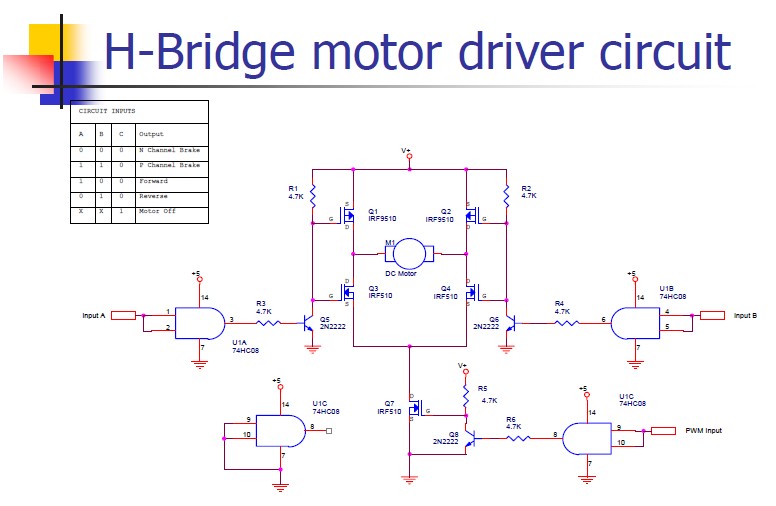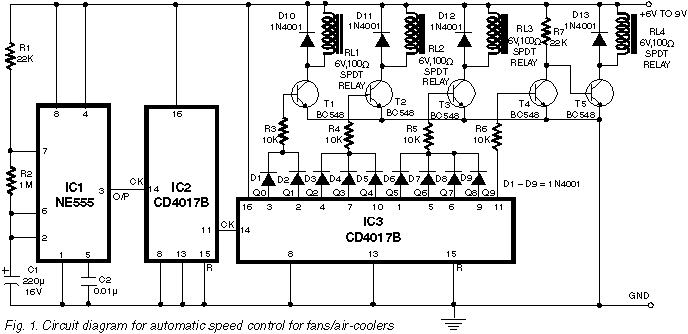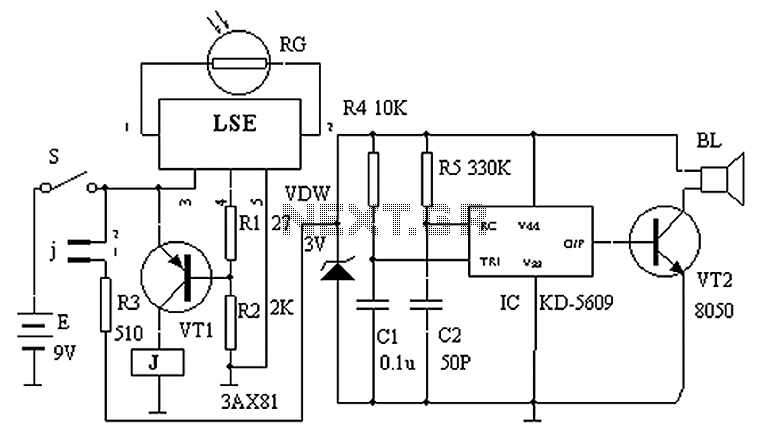
oscillator How to control a speaker

The objective is to identify a function generator or a voltage-controlled oscillator (VCO) suitable for generating two sine wave sound signals. One waveform should be fixed at a frequency, such as 440 Hz, while the second waveform must be adjustable using a potentiometer, varying between 170 Hz and 270 Hz. Additionally, a timer will be utilized to control an electromagnet, switching it on and off at a frequency that is proportional to the frequency of the variable sound wave.
To achieve the desired functionality, a VCO can be employed as the primary component for generating the sine waves. A suitable VCO, such as the LM566 or the XR2206, can be selected based on the frequency range and output requirements. The fixed frequency sine wave can be generated using a simple oscillator circuit, which can include a 555 timer configured in astable mode or a dedicated function generator IC.
The adjustable sine wave can be produced by applying a control voltage to the VCO, which can be derived from a potentiometer connected to a voltage divider circuit. This setup allows for manual adjustment of the frequency within the specified range.
For the electromagnet control, a timer IC, such as the NE555, can be configured in monostable or astable mode, depending on the desired on/off timing characteristics. The output of the timer can drive a transistor or MOSFET, which will act as a switch to control the current flowing through the electromagnet. The frequency of the timer can be linked to the variable frequency output of the VCO, ensuring that the electromagnet activates and deactivates in sync with the changing sine wave frequency.
The entire circuit can be constructed on a breadboard for prototyping, allowing for easy adjustments and testing. Once the design is finalized, a printed circuit board (PCB) can be created for a more permanent solution. Proper filtering and decoupling capacitors should be included to ensure stable operation of the VCO and timer circuits, minimizing noise and interference.As far as we are concerned we are looking for a function generator or a VCO (voltage-controlled oscillator). We would love to know which specific component we need. EDIT: What we are actually trying to achieve is to make two sine sound waves. One is constant and the other can be changed by hand with a potentiometer or so. For example if the consta nt is 440Hz, the other can be changed between 170Hz to 270Hz or something similar. Another timer will turn on and off an electromagnet, it will be turned on and off with a frequency linear to the changing sound wave`s frequency. 🔗 External reference
To achieve the desired functionality, a VCO can be employed as the primary component for generating the sine waves. A suitable VCO, such as the LM566 or the XR2206, can be selected based on the frequency range and output requirements. The fixed frequency sine wave can be generated using a simple oscillator circuit, which can include a 555 timer configured in astable mode or a dedicated function generator IC.
The adjustable sine wave can be produced by applying a control voltage to the VCO, which can be derived from a potentiometer connected to a voltage divider circuit. This setup allows for manual adjustment of the frequency within the specified range.
For the electromagnet control, a timer IC, such as the NE555, can be configured in monostable or astable mode, depending on the desired on/off timing characteristics. The output of the timer can drive a transistor or MOSFET, which will act as a switch to control the current flowing through the electromagnet. The frequency of the timer can be linked to the variable frequency output of the VCO, ensuring that the electromagnet activates and deactivates in sync with the changing sine wave frequency.
The entire circuit can be constructed on a breadboard for prototyping, allowing for easy adjustments and testing. Once the design is finalized, a printed circuit board (PCB) can be created for a more permanent solution. Proper filtering and decoupling capacitors should be included to ensure stable operation of the VCO and timer circuits, minimizing noise and interference.As far as we are concerned we are looking for a function generator or a VCO (voltage-controlled oscillator). We would love to know which specific component we need. EDIT: What we are actually trying to achieve is to make two sine sound waves. One is constant and the other can be changed by hand with a potentiometer or so. For example if the consta nt is 440Hz, the other can be changed between 170Hz to 270Hz or something similar. Another timer will turn on and off an electromagnet, it will be turned on and off with a frequency linear to the changing sound wave`s frequency. 🔗 External reference





